One of the most interesting visits that can be made during a tourism trip to Valladolid is to Oriental Museum.
The capital Castilla y Leon is justly famous for the large number of palaces and churches that are found in its historic center.
All this monumental heritage is the reflection of its long history, and we must not forget that Valladolid It was the capital of Spain during the reign of Philip III.
Also very well known are several museums, such as the National Sculpture and Herrerian Courtyard.
But surely the most surprising turns out to be the Oriental Museum, which presents the best art collection, documents and ethnographic material on the Far East that can be visited throughout Spain.
At first glance it may seem strange that such a museum appears in this city, however, there are many reasons for an institution with such an exotic theme to be located in the Castilian-Leonese capital.
All the information in detail
Augustinian Fathers in the Far East, origin of the Oriental museum
El Oriental Museum is located within Royal College of the Augustinian Fathers, an imposing building from the mid-18th century, the work of the famous architect Ventura Rodríguez.
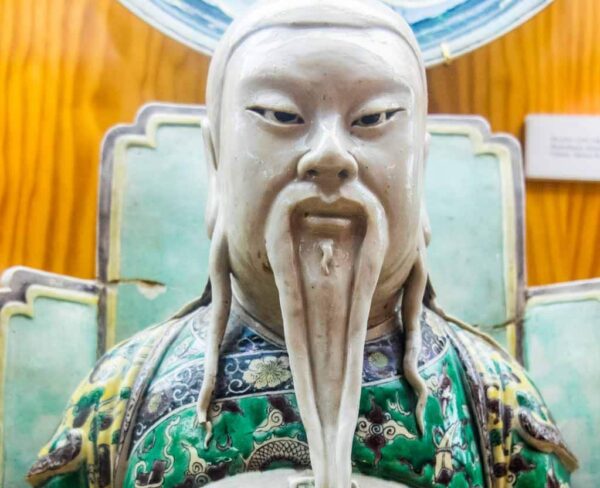
The Augustinian Fathers were the main evangelizers of the Philippines during the period of Spanish colonization, and also made trips to China and especially Japan.
It is estimated that about 3,000 Augustinian missionaries traveled to the Far East throughout more than three centuries of Spanish presence in the area, mainly in the Philippine Islands.
Of them, more than 2.000 left this convent of Valladolid, where they studied and were prepared to face their tasks in a place so far away and with such a different culture.
Many of the missionaries traveled to the Philippines to stay there all your life. but many others returned.
When doing so, they brought with them objects of ethnographic value, works of art, documentation of all kinds, as well as maps and direct information about the different cultures they had met on their travels.
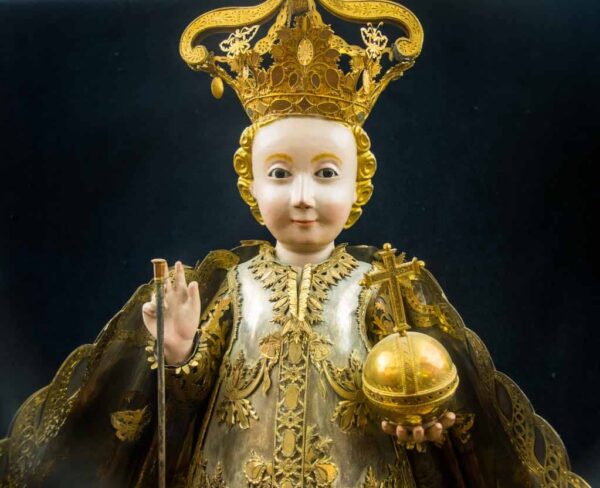
All of this served to train future missionaries who were preparing to continue the evangelizing mission.
For almost 300 years the road between the metropolis and the Philippines was through Mexico, and navigation between Acapulco and Manila was a very long and dangerous journey.
But after the opening of Suez Canal, the trip was greatly shortened and that allowed the missionaries to return with a certain frequency to their headquarters in Valladolid.
The increase in travel led to an increase in the collections, and in addition, the museum has subsequently received many donations from individuals.
What to see when visiting the Oriental Museum of Valladolid
El Oriental Museum of Valladolid It can be divided into three parts, depending on the country from which the pieces on display come.
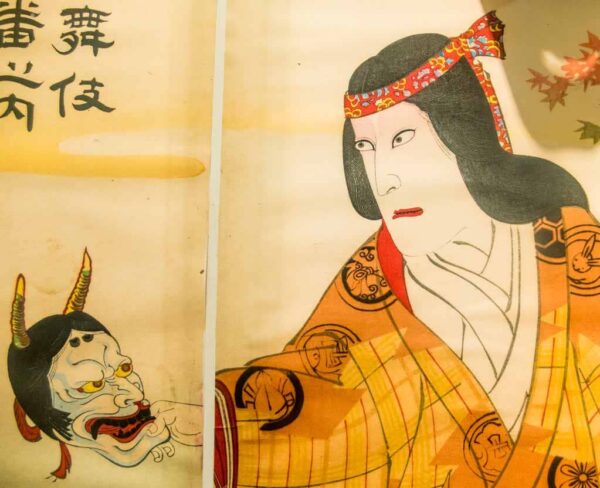
So we have the rooms dedicated to China, the Philippines and Japan. To all this is added an introductory part to the Asian world called Dreams of the East.
Dreams of the East in the Oriental Museum of Valladolid
In this part of the museum the importance of the Silk and Spice Routes, travels of Marco Polo, Columbus, Magellan, Urdaneta and many others that brought Europe into contact with East Asia.
This part of the museum also talks about the importance of Manila GalleonThe presence of Spaniards in China and the Christianity in the Far East.
This entire process represented an incredible physical adventure for navigators and explorers, merchants and missionaries, which opened an exotic and unknown world to Europeans.
ORGANIZE your TRIP
- Don't forget your TRAVEL INSURANCE with a 5% discount
- Book the HOTEL for your trip
- RENT a CAR for your trip
- The best TOURS and EXCURSIONS in Spanish
- NO-LINE TICKETS for museums and monuments
- Best FREE TOURS around the world
- Book your TRANSFER from the airport
- eSIM card with INTERNET at the best price
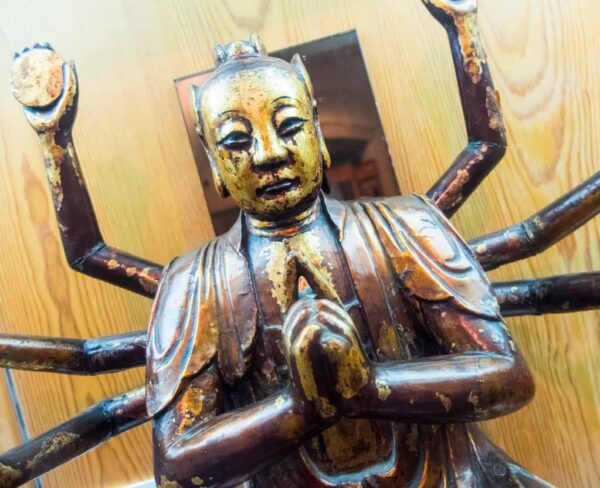
An important and appreciated detail is that the museum is full of very educational information panels, which identify each piece and offer the necessary data to understand its meaning and importance.
This reminds us that this museum is not conceived only as a storehouse of valuable objects and artistic pieces to be admired, but that it maintains, over time, an educational mission.
Chinese Culture in the Oriental Museum of Valladolid
After the introductory part we move on to the rooms dedicated to China, which they define as a fascinating culture.
To help understand this country, origin of a civilization very different from Europe, a review of different aspects of its mythology, history, geography and culture.
Throughout the different rooms we see the development of Chinese civilization through a thousand details, information, maps, engravings, statues, etc.
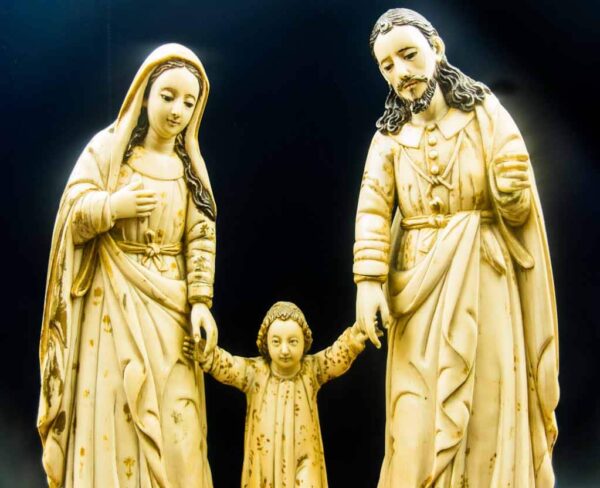
It is surprising the excellent collection of paintings, furniture, sculptures, enamels, silks, lacquers, ivories, bronzes, calligraphy, etc.
China has always considered itself the “Center Country” or the “Middle Kingdom”, the geographical and cultural center of the universe.
Thus we see the importance of rivers, sacred mountains and Big Wall, and many aspects of the culture are explained, such as the calendar, the vision of the world and the different religions that have developed in that immense territory.
Altogether more than 50 bronzes related to the Confucianism, Buddhism and Taoism, some more than 2.000 years old.
La Chinese civilization continues to show through works of art and documents that explain the organization of society, from the Imperial Court al Army, and many secrets about arts, medicine, festivals, etc. are also discovered.
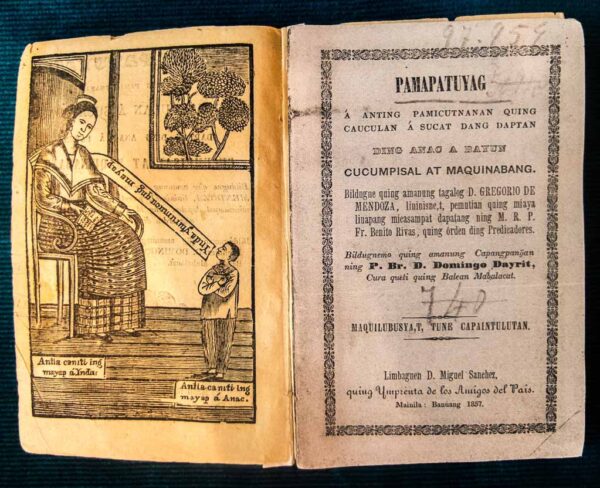
Philippines in Oriental Museum of Valladolid
The rooms dedicated to the Philippines They describe this archipelago as the springboard to the East.
In this case, reference is made to the cultures of the inhabitants before the arrival of the Spanish, plus the colonial culture that developed afterwards.
Much importance is given to the original cultures of the Luzon island, in the north, the largest and most populated, and where it is located Manila.
Displayed here are axes, shields, bracelets and offering trays. They highlight the rings, wooden figures that represent the spirits of the deceased.
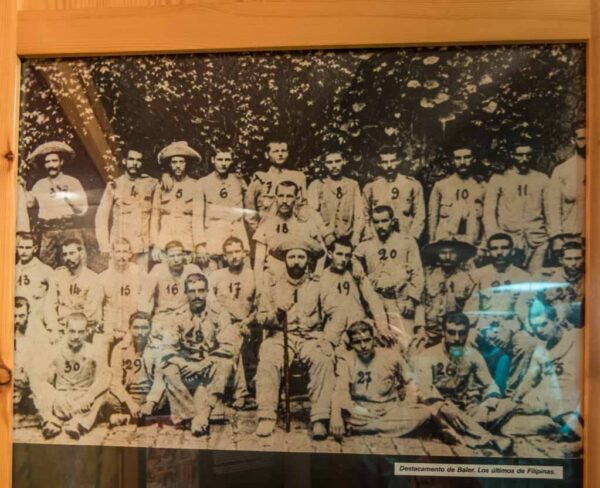
The southern islands are represented by the cultures of Mindanao and Joló. This area has a lot of influence from Malaysia e Indonesia.
Here we find shields, daggers, teapots, ornaments and clothing.
The boxes to store the buyo, a mixture of leaves, nuts and other ingredients that is chewed in ceremonies and on some occasions in daily life.
For several centuries there developed a colonial culture who produced a type of art that represented it.
This is how they appear paintings of traditional scenes, map and herbal engravings.
Don't forget your Travel Insurance
Are you organizing your trip or getaway? Don't leave without take out your travel insurance before, and here we explain why. If you hire it with us, you have a 5% discount
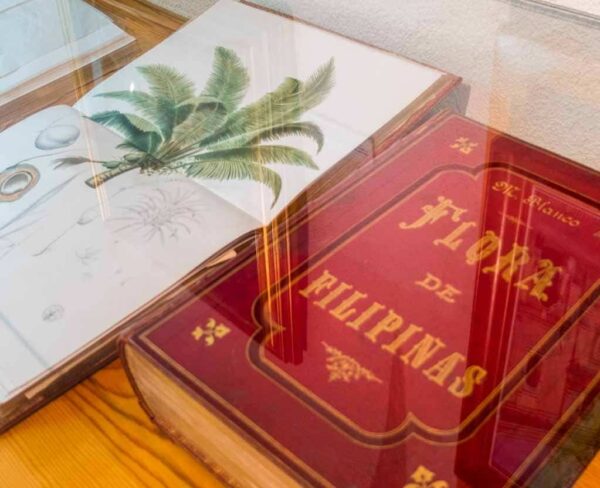
The 18th century image of the Santo Niño de Cebu, of wood, gold and silver. He holy child It is highly revered in the Philippines and the cult dates back to a figure gifted by him himself. Magallanes al Rajah of Cebu.
Of special importance within the museum is the collection of Spanish-Philippine ivories, a very peculiar type of sculpture. Its 47 pieces are undoubtedly the most important collection in all of Europe.
There is also reference to the “Latest from the Philippines”, the soldiers who were the last to surrender in the Philippine independence process.
Japan in the Oriental Museum of Valladolid
Then, Japan is presented as the Gold Island, in relation to cipango what I was looking for Colón in his travels.
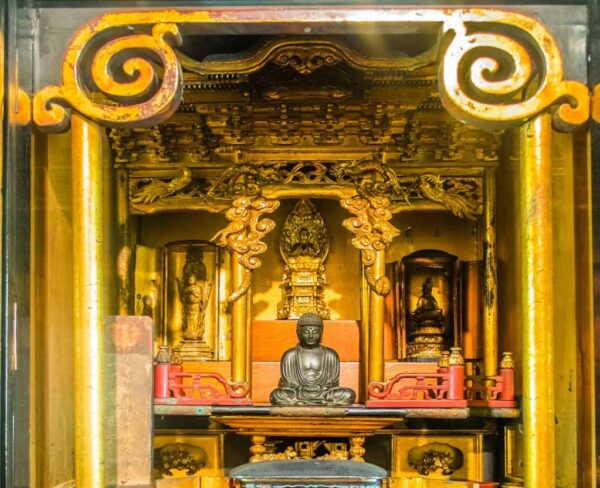
The review of the civilization of this archipelago is done through a excellent collection of works of art very interesting.
Here we find several wood and bronze sculptures; a curious piece is the Amida Cross where it appears Buddha on cross. This type of representation was used by Christians to hide their religious faith in times of persecution.
You can not miss the porcelain, calligraphies, theater masks, armor and the equipment necessary to carry out the tea ceremony.
Altogether, the Oriental Museum of Valladolid It is a fantastic compendium of artworks and an important school where you learn a lot about these regions of the world that seem so distant and exotic to us.
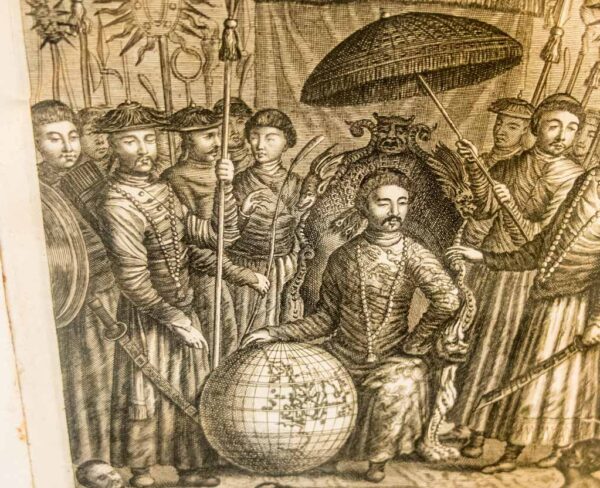
Knowledge of the cultural wealth of the lands of the Far East It was fundamental for the students who would become missionaries, but now it serves us all as a necessary element for dialogue between peoples.
Hours of the Oriental Museum of Valladolid
The Visiting hours of the Oriental Museum of Valladolid They are, from Monday to Saturday, from 10 a.m. to 14 p.m. and from 16 p.m. to 19 p.m., and on Sundays and holidays, from 10 a.m. to 14 p.m.
In the mornings from Monday to Saturday, the opening is only for groups that have previously arranged a visit.
Ticket prices for the Oriental Museum of Valladolid
El price of admission To visit the museum is 5 euros.
The museum is located in the Royal College of the Augustinian Fathers, located in the Filipino Walk No. 7, in front of Campo Grande park.


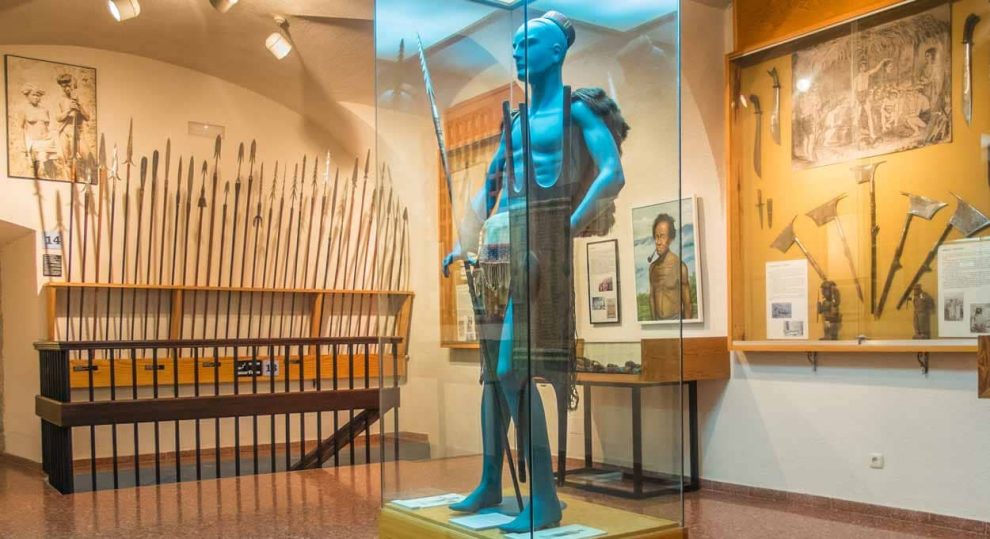

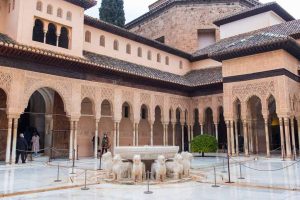
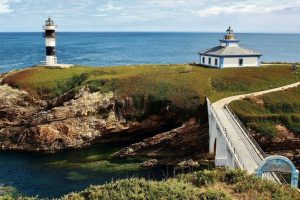











Comment